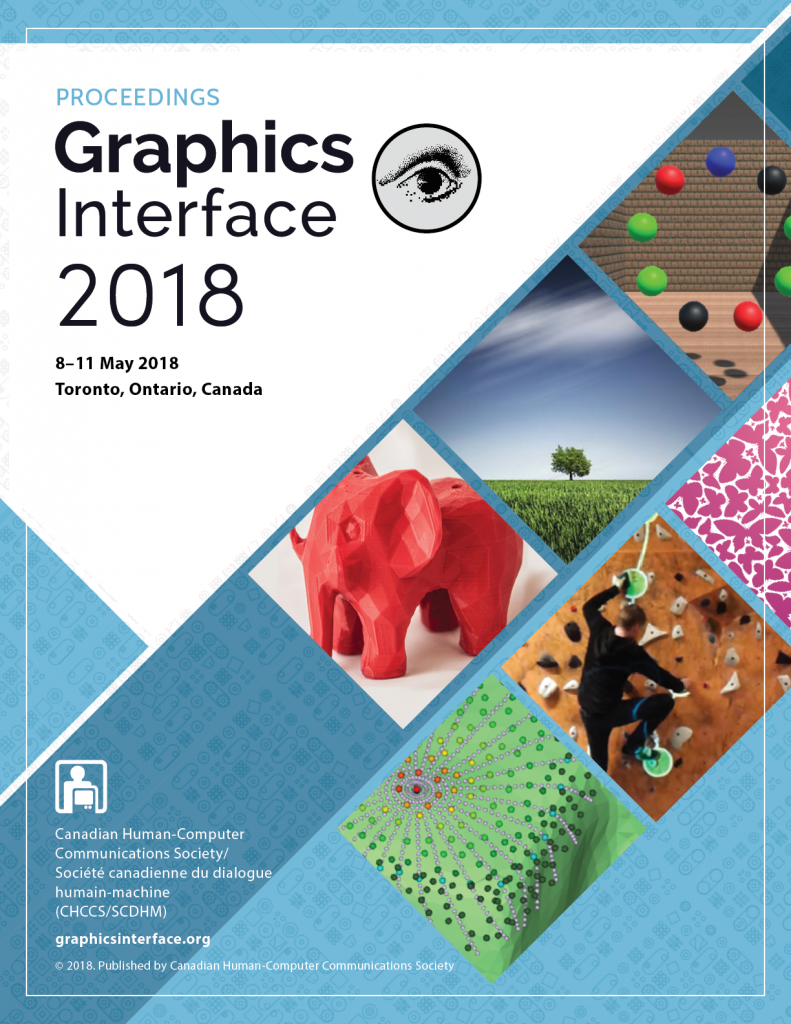BibTex
@inproceedings{Torok:2018:10.20380/GI2018.09,
author = {Torok, Leonardo and Eisemann, Elmar and Trevisan, Daniela and Montenegro, Anselmo and Clua, Esteban},
title = {PadCorrect: Correcting User Input on a Virtual Gamepad},
booktitle = {Proceedings of Graphics Interface 2018},
series = {GI 2018},
year = {2018},
isbn = {978-0-9947868-3-8},
location = {Toronto, Ontario},
pages = {58 -- 65},
numpages = {8},
doi = {10.20380/GI2018.09},
publisher = {Canadian Human-Computer Communications Society / Soci{\'e}t{\'e} canadienne du dialogue humain-machine},
}
Abstract
The processing power of modern smartphones allows publishers to port old and current console titles to these platforms. However, these games were designed to be controlled with a traditional gamepad. Normally, the solution used in mobile ports is a virtual gamepad. This interface adds buttons that imitate the layout of a gamepad as a semi-transparent overlay above the game. While this allows users to play the game, it lacks the necessary haptic feedback to provide an enjoyable experience. Frequently, users will miss buttons or press the wrong ones, which affects the in-game performance and leads to frustration. We present a solution to correct user input. First, we retain a few frames of user input instead of passing the data directly to the game. Using time series analysis, we seek known patterns and detect potential mistakes from the user, correcting actions before the commands are received by the game. We called this new gamepad the PadCorrect. In order to measure the impact on the experience, we performed a user study comparing the PadCorrect with a traditional virtual gamepad. The test results showed a good reception and provided evidence that the new interface is capable of improving the experience with mobile games.





















































